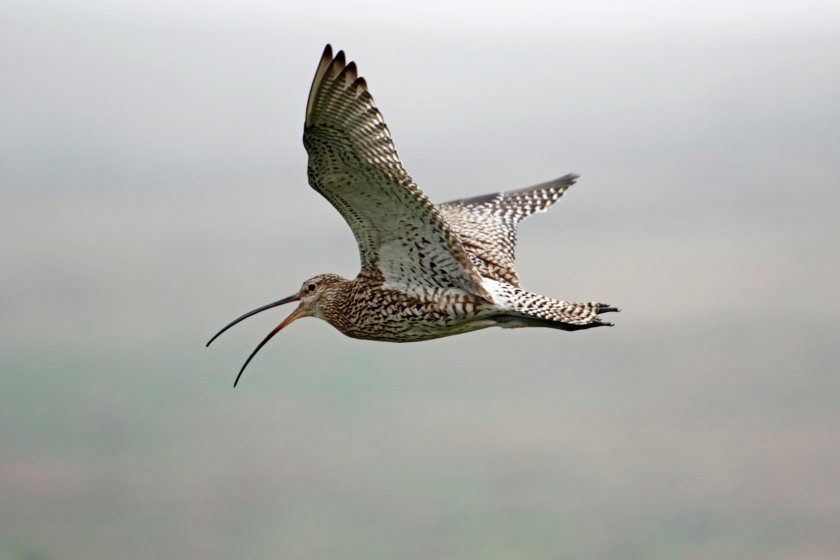
Farmers and landowners are currently monitoring the range of bird species they spot on their land as the Big Farmland Bird Count (BFBC) gets underway.
The count, in its 12th year, aims to provide a snapshot of the bird population on British farms, with figures showing that species have fallen by 63% since 1970.
The Game & Wildlife Conservation Trust (GWCT) initiative also aims to raise awareness of the role that farmers play in wildlife conservation.
Farmers taking part spend just half an hour on one spot of their land, counting the birds species they see and then submitting the results to GWCT.
During the 2024 count, almost 395,000 birds, including 27 red-listed species, were counted by 1,721 participants across the UK.
NFU Deputy President David Exwood has encouraged farmers and landowners to consider counting the birds they see on their land, as it gets underway today (7 February).
He said: “The Big Farmland Bird Count always provides a fantastic snapshot of the huge amount of work being carried out on our farms to encourage wildlife.
“I would encourage members to get help from your children, grandchildren or younger friends and family as it’s a great way to connect with farming in a way that’s engaging, memorable and fun.”
Dr Roger Draycott, from the GWCT, added that farmers and landowners could 'really make a difference' by taking part in the initiative, which ends on 23 February.
“The results help us build a national picture of which species are benefiting from conservation efforts, and which are most in need of help," Dr Draycott said.
Signing up for the Big Farmland Bird Count is free and no specialist knowledge or equipment are required.
In many places, local bird and wildlife groups work with farmers and land managers to help them do the count.
What were the 2024 results?
During 2024, nearly 395,000 birds were spotted as part of 1,721 surveys.
The results found that:
• Blackbirds, woodpigeons and robins were present on 79% of farms.
• 41% of farms provide supplementary feed to help birds through winter.
• 43% of participants are in an agri-environment scheme.
• 27 species from the Red List for Birds of Conservation Concern were spotted, totalling 139,102 individual birds.
• Starlings, Linnets, Fieldfares and Lapwings were the most abundant Red Listed species recorded.
• The rarest sightings were of snow bunting, rock pipit, merlin, greenshank, golden eagle and Bittern.
• Norfolk topped the list of recording the largest number of counts, followed by Suffolk and Wiltshire.
